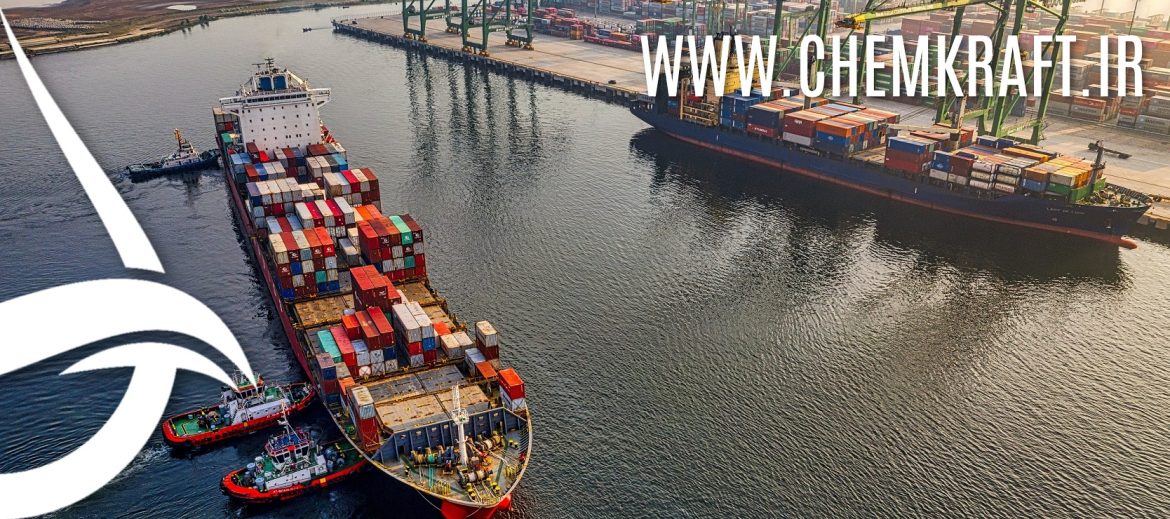Introduction:
The international sea shipment of caustic soda flakes involves a complex interplay of regulatory frameworks, safety measures, and compliance standards. As a crucial chemical with widespread industrial applications, caustic soda flakes demand meticulous attention to shipping regulations to ensure the protection of human health, the environment, and the integrity of the cargo. In this essay, we delve into the multifaceted landscape of sea shipment regulations for caustic soda flakes, covering key aspects such as classification, packaging, labeling, and documentation.
Classification and Hazard Identification:
Caustic soda flakes, known chemically as sodium hydroxide (NaOH), fall under the category of hazardous materials due to their corrosive nature. The classification is governed by international regulations, including the United Nations Globally Harmonized System of Classification and Labelling of Chemicals (GHS), the International Maritime Dangerous Goods (IMDG) Code, and the International Maritime Organization (IMO) regulations.
- GHS Classification:
- Under the GHS, caustic soda flakes are classified as corrosive to metals and skin, and as a severe eye irritant. This classification prompts the need for specific hazard communication elements on packaging and documentation.
- IMDG Code:
- The IMDG Code outlines the regulations for the sea transport of dangerous goods, including caustic soda flakes. It provides guidelines for proper packaging, labeling, stowage, and segregation to ensure the safety of the ship, crew, and the marine environment.
Packaging Requirements:
Ensuring the secure packaging of caustic soda flakes is paramount to prevent leaks, spills, or reactions during sea transport. Packaging must comply with international standards to mitigate the risks associated with the corrosive properties of the chemical.
- Packaging Material:
- Common packaging materials for caustic soda flakes include high-density polyethylene (HDPE) bags, drums, or intermediate bulk containers (IBCs). These materials are chosen for their compatibility with the corrosive nature of the substance.
- Sealing and Reinforcement:
- Packages must be adequately sealed to prevent leakage. Reinforcement measures, such as double packaging or additional lining, may be required to enhance the integrity of the packaging and minimize the risk of damage.
Labeling and Marking:
Accurate and standardized labeling is crucial to communicate the hazards associated with caustic soda flakes and facilitate safe handling throughout the supply chain.
- GHS Labels:
- GHS labels must be affixed to the packaging, featuring corrosion pictograms, signal words like “Danger,” and hazard statements such as “Causes severe skin burns and eye damage.” These labels follow a standardized format to ensure global comprehension.
- IMDG Markings:
- The IMDG Code mandates specific markings on packages, including the UN number for caustic soda flakes (UN1823), proper shipping name, and orientation arrows. These markings aid in the identification and handling of the cargo during sea transport.
Documentation Requirements:
Accurate and comprehensive documentation is indispensable for regulatory compliance, customs clearance, and safe sea transport. Key documents include:
- Material Safety Data Sheet (MSDS):
- An MSDS provides detailed information about the properties, hazards, and safe handling procedures for caustic soda flakes. It is a crucial reference for emergency responders and those involved in cargo handling.
- Dangerous Goods Declaration:
- A dangerous goods declaration outlines essential details about the caustic soda flakes shipment, including UN number, proper shipping name, hazard class, and packing group. It is a mandatory document for dangerous goods transport.
- Bill of Lading (B/L):
- The B/L serves as a contract of carriage and a receipt for the goods. It should accurately reflect the details of the caustic soda flakes shipment, including packaging, weight, and markings.
- IMO Declarations:
- Compliance with IMO declarations, such as the IMO Dangerous Goods Manifest and Container Packing Certificate, is essential. These documents attest to the proper packaging and stowage of caustic soda flakes.
Compliance with International Conventions:
- SOLAS Convention:
- The International Convention for the Safety of Life at Sea (SOLAS) imposes regulations on the safe transport of dangerous goods by sea. Compliance with SOLAS ensures adherence to safety standards and measures to prevent accidents and protect human life.
- MARPOL Convention:
- The International Convention for the Prevention of Pollution from Ships (MARPOL) regulates the discharge of harmful substances at sea. Caustic soda flakes shipment must comply with MARPOL regulations to minimize environmental impact.
Challenges and Best Practices:
- Corrosion Risks During Transport:
- Corrosion of metal containers is a significant challenge during the sea transport of caustic soda flakes. Proper packaging, including the use of corrosion-resistant materials, is essential to mitigate this risk.
- Emergency Response Preparedness:
- Adequate training of ship crew and provision of emergency response equipment are crucial. In the event of a spill or leakage, prompt and effective response measures can prevent escalation of the situation.
- Collaboration with Authorities:
- Collaboration with relevant maritime and port authorities is essential. Clear communication and coordination with these entities ensure that the caustic soda flakes shipment adheres to local regulations and port-specific requirements.
Conclusion:
Navigating sea shipment regulations for caustic soda flakes demands a comprehensive understanding of international standards, hazardous materials classifications, and meticulous adherence to packaging, labeling, and documentation requirements. By prioritizing safety, compliance, and effective communication throughout the supply chain, stakeholders in the caustic soda industry can facilitate secure and efficient sea transport, fostering global trade while safeguarding human health and the marine environment.









